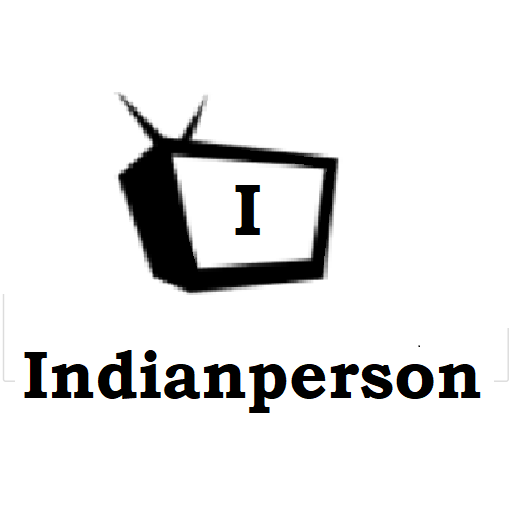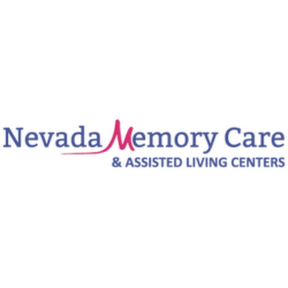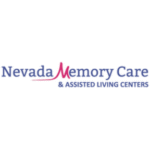Access to quality health care is a fundamental human right, yet millions around the world still face challenges in receiving it. Health care access means ensuring that every individual—regardless of income, location, or background—can obtain the medical services they need without unnecessary delays or financial hardship. Bridging the gap in health care access is essential for creating healthier communities and reducing inequalities in society.
Understanding Health Care Access
Health Care access is more than just having hospitals or clinics nearby. It also involves affordability, availability of trained professionals, proper infrastructure, and awareness among the population. For many, even if medical facilities exist, high costs, lack of transportation, or cultural barriers prevent them from seeking care. Similarly, rural areas often face shortages of doctors, nurses, and equipment, which can lead to delayed diagnosis and treatment.
Factors Contributing to the Gap
The gap in health care access arises from multiple factors:
- Economic Barriers – High consultation fees, expensive medicines, and lack of health insurance prevent low-income individuals from getting timely care.
- Geographical Barriers – People in remote or rural regions may have to travel long distances to access specialized health services.
- Workforce Shortages – In many developing countries, there is an uneven distribution of health professionals, with urban centers having more doctors while rural areas struggle.
- Cultural and Social Barriers – Language differences, gender norms, or lack of trust in medical systems can discourage people from seeking help.
The Impact of Limited Access
When people cannot access health care easily, the consequences are severe. Minor illnesses can turn into serious diseases, preventable deaths increase, and overall public health declines. Delayed treatment not only affects the patient but also places a heavier burden on the Health Care System, as advanced illnesses require more resources to treat.
For example, lack of access to preventive care—like vaccinations, screenings, and early check-ups—means that diseases are often diagnosed late, when they are harder and more expensive to manage. This creates a vicious cycle where poor health reduces productivity and economic opportunities, further deepening inequality.
Strategies to Bridge the Gap
Improving health care access requires a combination of policy changes, technological advancements, and community engagement. Some effective strategies include:
- Expanding Telemedicine – Virtual consultations can connect patients in rural areas with specialists in urban hospitals, reducing travel time and costs.
- Strengthening Primary Care – Investing in local clinics and training community health workers ensures that basic services are available close to home.
- Affordable Health Insurance – Government-subsidized or low-cost insurance plans can make treatments more affordable for low-income groups.
- Mobile Health Clinics – Deploying mobile units equipped with medical staff and basic diagnostic tools can reach underserved communities.
- Health Education Campaigns – Raising awareness about preventive care, hygiene, and healthy lifestyles empowers people to take charge of their well-being.
The Role of Governments and Organizations
Governments play a critical role in building infrastructure, regulating health care costs, and ensuring fair distribution of medical professionals. International organizations and NGOs also contribute by funding health projects, providing training, and donating equipment. Public-private partnerships can combine resources to expand reach and improve service quality.
Moving Towards Equality in Health Care
Bridging the gap in health care access is not just about building more hospitals—it is about creating a fair system where everyone has an equal opportunity to live a Healthy Life. By addressing economic, geographical, and social barriers, societies can reduce health inequalities and improve overall well-being.
A world where health care access is universal is a world where communities thrive, productivity increases, and human potential is maximized. Ensuring that no one is left behind in health care is both a moral obligation and a smart investment for the future.






